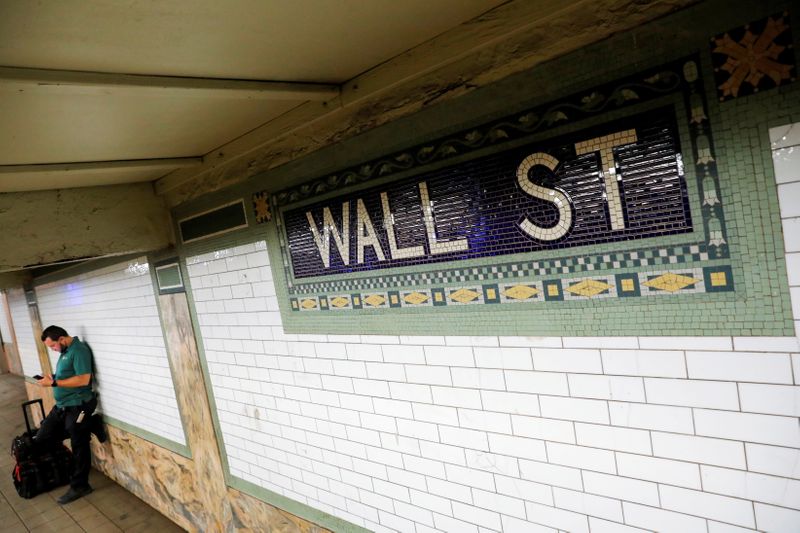This post was originally published on this site

Investing.com — U.S. stock markets opened sharply higher on Tuesday, recovering around half the losses they made on Monday as fears of a global economic slowdown swept through world markets.
By 9:36 AM ET (1436 GMT), the Dow Jones Industrial Average was up 417 points, or 1.3%, at 32,663 points. The S&P 500 was up 1.4% and the NASDAQ Composite was up 1.8%.
Aside from the technical element of the rebound stocks were supported by the absence of any fresh shocks from the first two appearances of the day by Federal Reserve officials, while two big acquisitions acted as a reminder that companies with strong balance sheets are able to thrive in the current environment – and that the recent selloff may have created some valuable buying opportunities.
Pfizer (NYSE:PFE) stock rose 2.1% after it agreed to buy smaller rival Biohaven (NYSE:BHVN) for $11.8 billion, a premium of some 70% to Monday’s close. Meanwhile, Duke Realty (NYSE:DRE) rose 15% after Prologis (NYSE:PLD) offered to buy it in an all-stock deal valuing it at just under $24 billion. Prologis stock rose 0.4%.
New York Fed President John Williams gave no indication of wanting to raise interest rates faster than the Fed has already indiciated, and said he expected a “soft landing” for the economy with only a small rise in unemployment and around 2% gross domestic product growth this year.
Cleveland Fed President Loretta Mester was also quoted by newswires as downplaying the risk of a sharp rise in unemployment, although she repeated that rates will have to rise above their ‘neutral’ level to bring inflation down to its 2% target.
It wasn’t all plain sailing, however. Peloton (NASDAQ:PTON) stock slumped another 20% to a new all-time low after reporting it lost over $750 million in the last three months, forcing it to borrow an equal amount to shore up its balance sheet while the hoped-for turnaround materializes. The stock was already down 90% from its peak and is now down 60% from its IPO price less than three years ago.

